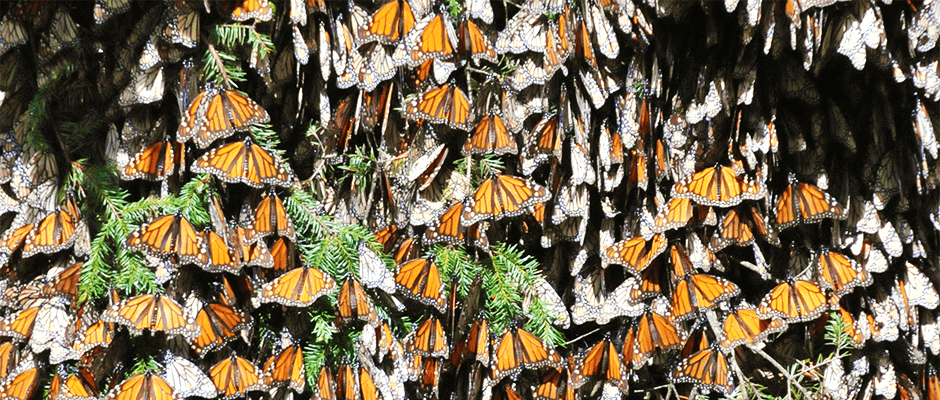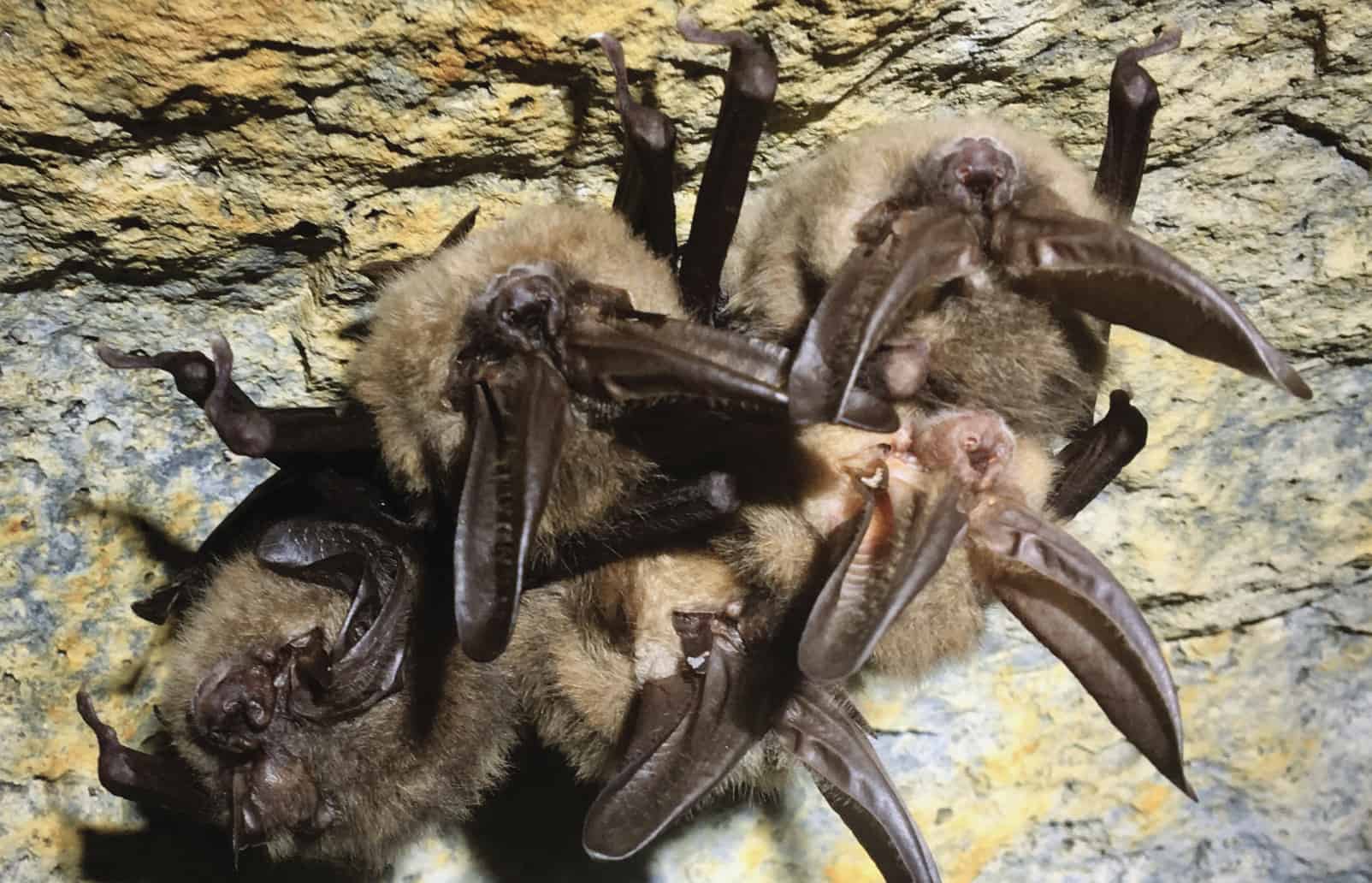Share this article
Saving monarchs by identifying where they’re born
As monarch butterfly (Danaus plexippus) populations plummet, new research suggests that efforts to save them could benefit from determining where they’re born and focusing conservation work there.
“Our data suggests that if we can only act in one place then it should be in the Midwestern United States, the area that produces the most butterflies that arrive in Mexico,” said Flockhart, post-doctoral fellow in the University of Guelph’s Department of Integrative Biology and lead author on the new Global Change Biology paper.
That’s where almost two-fifths of monarchs that overwinter in Mexico originate, said Flockhart, post-doctoral fellow in the University of Guelph’s Department of Integrative Biology. But agriculture has supplanted the milkweed that hosts the insects’ eggs, he said, causing monarch populations to plunge up to 90 percent in the past 20 years.
In the spring of 2015, Flockhart and his team began analyzing more than 1,000 monarchs that leading American, Canadian and Mexican researchers had collected over the last four decades at the insects’ overwintering colonies in Mexico. Flockhart and his colleagues looked for chemical signatures that would tell them where the butterflies were born. They could determine where the caterpillars consumed milkweed by measuring the proportions of stable hydrogen and carbon isotopes in the butterflies’ wings. The lower the stable hydrogen isotopes, for instance, the farther north the butterflies were born. The researchers then used geospatial modeling to estimate where the breeding areas were.
The biologists observed that almost two-fifths of the monarchs had come from the Midwest, making it the most critical place for conservation. However, since the rest were born throughout the country, Flockhart said broader conservation efforts might better protect the butterfly. The study found global climatic conditions such as El Niño and La Niña, as well as regional temperature and precipitation fluctuations during the breeding season, influence the percentages of monarchs from specific regions, possibly by affecting larval development and the quality and availability of milkweed.
The study is the first long-term investigation into the birthplaces of monarchs overwintering in Mexico, Flockhart said, emphasizing the importance of continued sampling to promote future monarch conservation.
Header Image: Monarchs overwintering in Mexico. ©Tyler Flockhart








